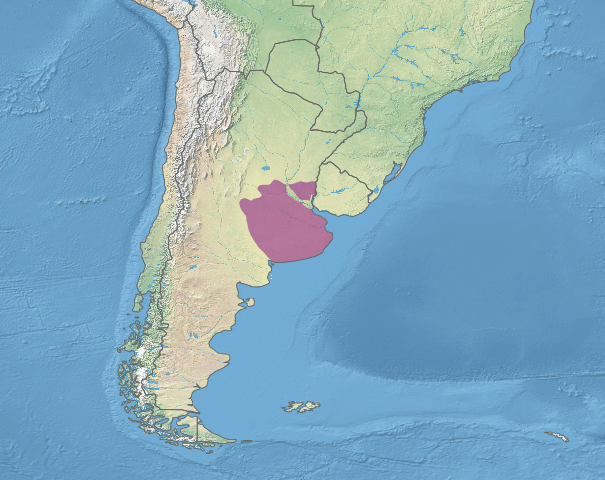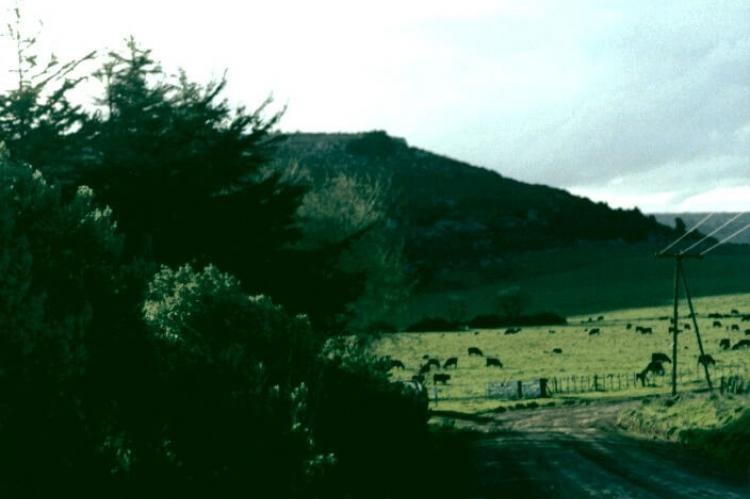The Humid Pampas: Exploring Argentina's Verdant Plains
The humid pampas ecoregion in eastern Argentina is characterized by expansive grasslands, xeric woodlands, slow-moving rivers, and numerous lagoons. Part of the more extensive Pampas lowland plains, it occupies the province of Buenos Aires and is known for its high human population density.
The Humid Pampas: Exploring Argentina's Verdant Plains
The humid pampas ecoregion, situated in the eastern plains of Argentina, predominantly occupies the province of Buenos Aires. This area, known for its high human population density, is characterized by expansive grasslands and xeric woodlands. As part of the larger Pampas lowland plains region, the humid pampas feature horizontal plains with gentle undulations and occasional low peaks that emerge like islands across the landscape. Slow-moving rivers and numerous lagoons with fresh and saltwater further contribute to the region's unique topography.
Flora and Fauna Diversity
The humid Pampas ecoregion boasts diverse flora and fauna, although much of its natural habitat has been severely diminished. Grasslands dominated by flechillar and characterized by perennial and annual grasses such as Stipa, Piptochaetium, and Aristida are interspersed with dry woodland areas, freshwater and saltwater wetlands, and lagoons. Common shrubs include Margyricarpus, Heimia, Baccharis, and Eupatorium.
Endemic bird species like the curve-billed reedhaunter, Olrog's gull, and the snake species Liophis elegantísima are found within this ecoregion. However, numerous species, including the pampas deer, loica pampeana, and Hudsonian godwit, are endangered due to habitat destruction and degradation caused by agriculture and cattle grazing.
Among the fauna, herbivores like the pampas deer and guanaco roam the grasslands, while carnivores like the puma, Geoffroy's cat, and pampa fox hunt for prey. Other mammals include vizcachas, cuis pampeano, nutria, and opossum.
The marshlands of the Humid Pampas ecoregion serve as vital conservation centers for migratory birds, providing essential habitats during their journey from the Northern Hemisphere to Patagonia.
Environmental Threats and Conservation Efforts
Despite its ecological significance, the humid pampas face severe threats from habitat conversion for agriculture, livestock overgrazing, and land degradation through burning and draining. These activities have led to the depletion of natural habitats and the endangerment of numerous endemic species.
Recognizing the urgent need for conservation, efforts to protect the remaining natural habitats in the humid pampas are underway. Conservation initiatives aim to mitigate habitat loss, restore degraded areas, and promote sustainable land management practices to safeguard the region's rich biodiversity for future generations.
Conclusion
In conclusion, the humid pampas ecoregion represents a unique blend of grasslands and diverse ecosystems, harboring a wealth of flora and fauna endemic to the region. Despite facing significant environmental threats, ongoing conservation efforts seek to preserve the natural heritage of the humid pampas natural heritage and ensure the survival of its iconic species amidst the ever-changing landscape of human development and land use.

Map depicting the location of the humid pampas (in purple).
